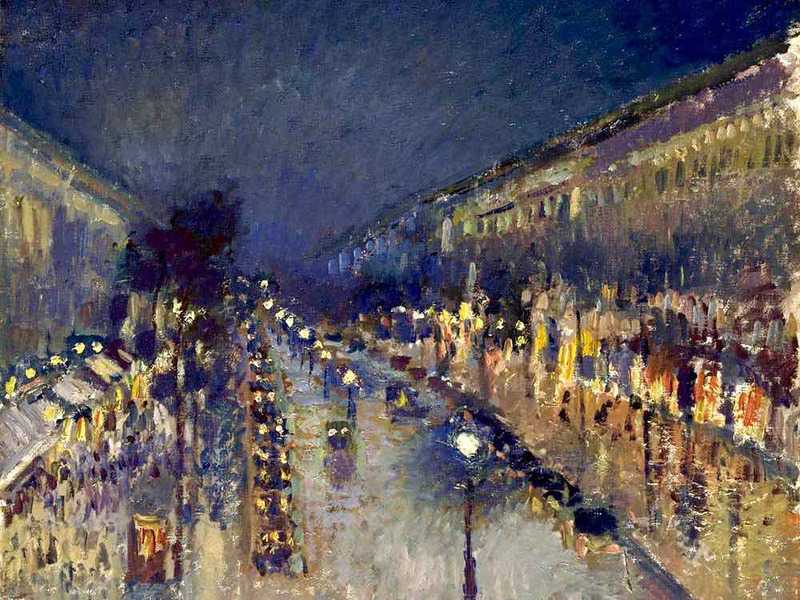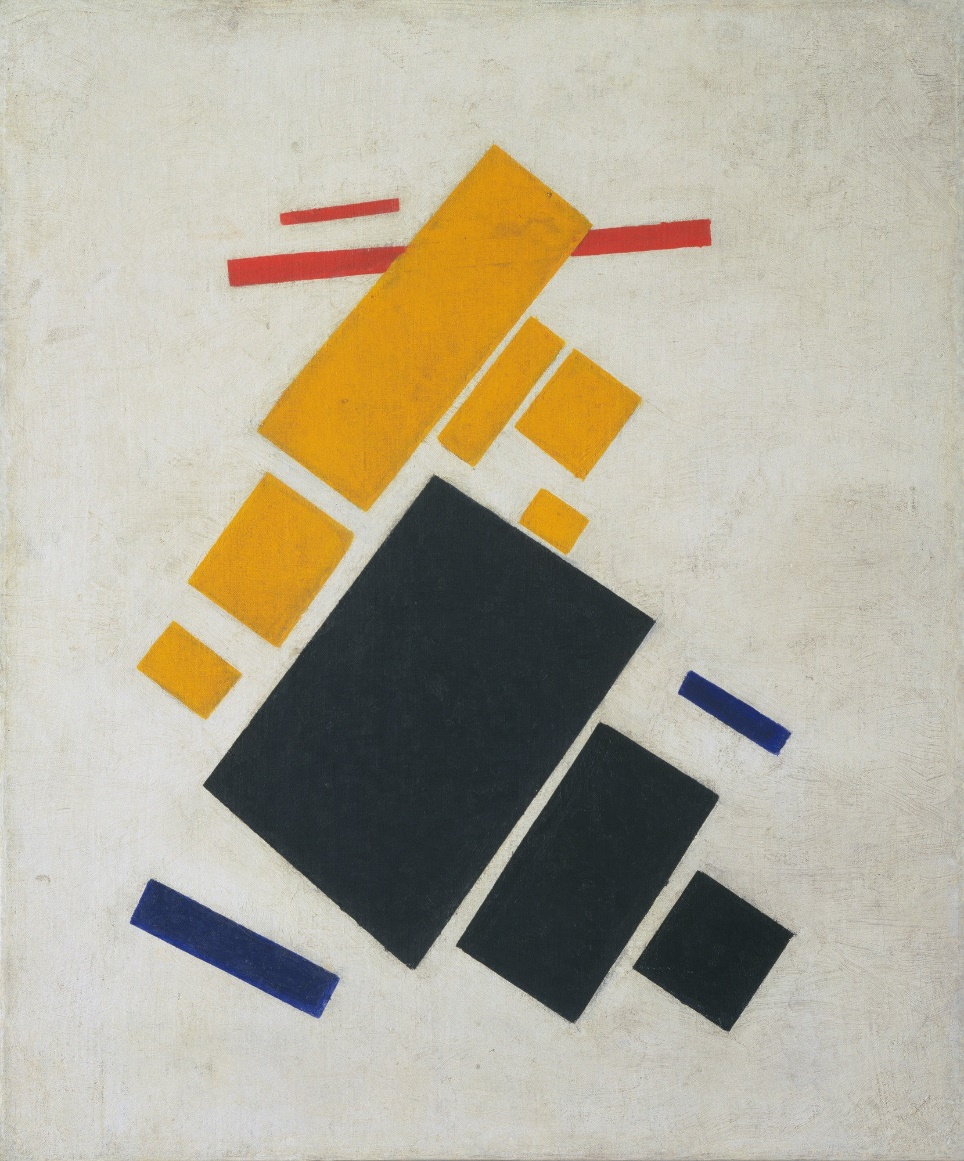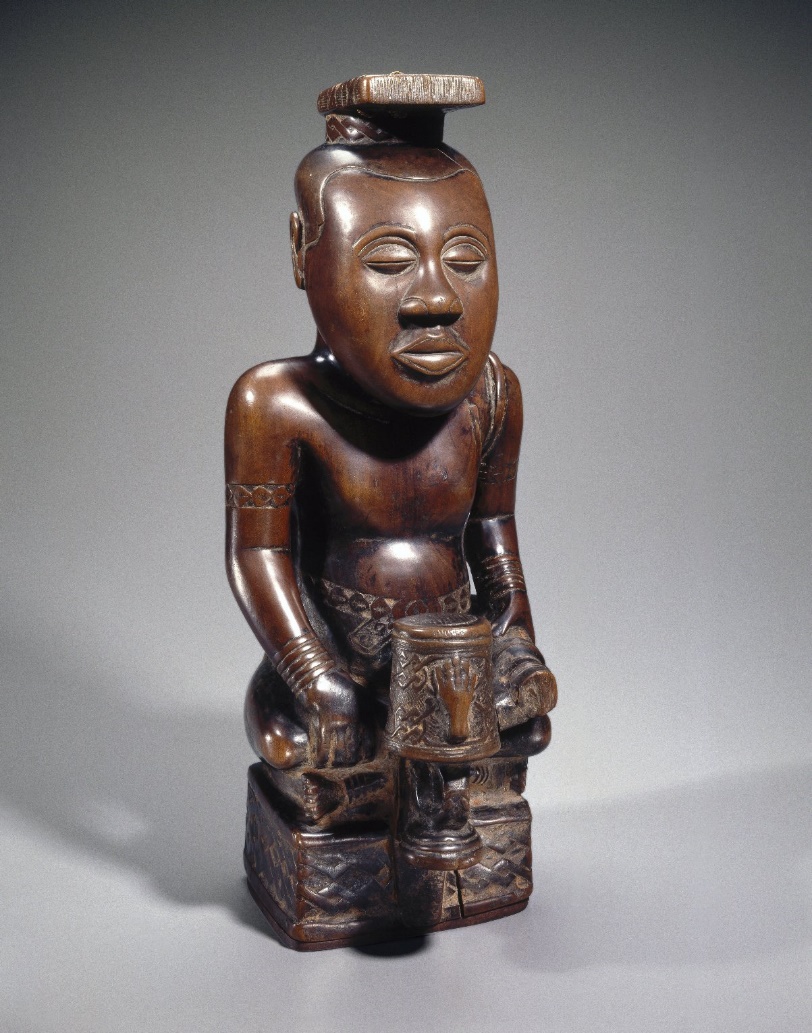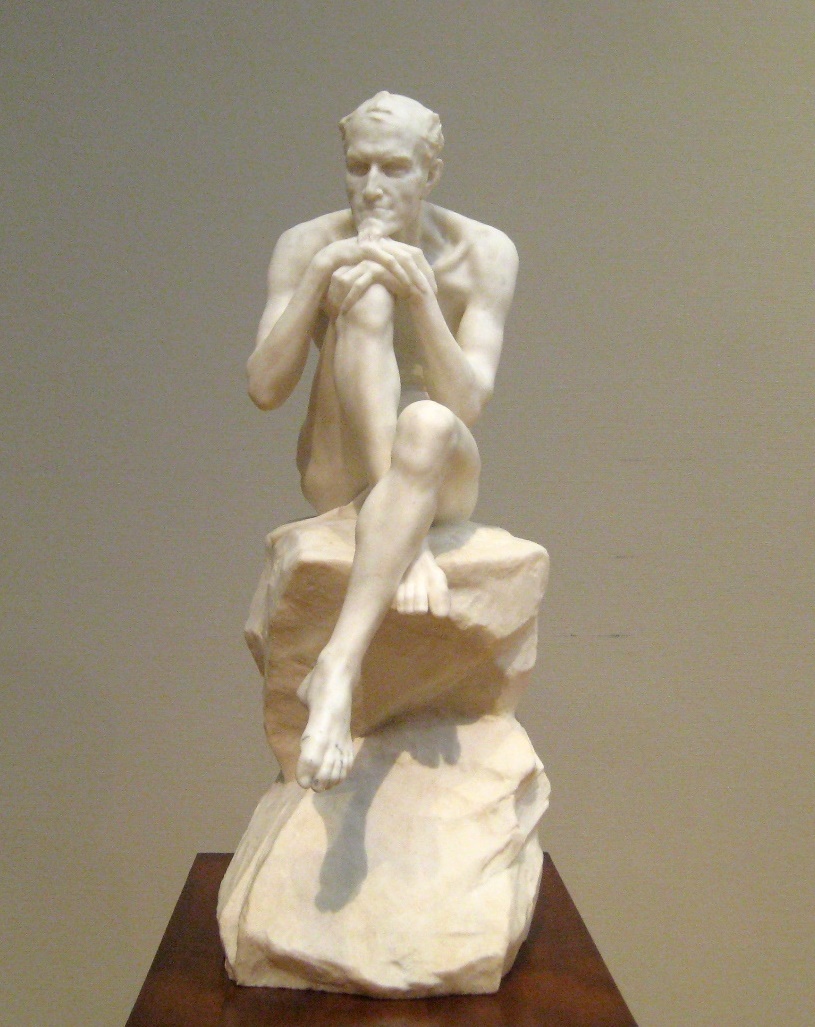The first half of the twentieth century happened to be fruitful in innovative techniques and new ideas in every aspect of the human life. Major reformations affected not only political influences, social systems, and economies, but also the subtle levels of human existence – the cultural sphere with its array of art forms. The new art movements sparked in many parts of the globe all at once – each with its own set of characteristics, ideologies, and serving a particular purpose. The most notable movements included Impressionism, then Cubism, Expressionism, Fauvism, Suprematism, Abstract art, proponents of which contributed immensely to the establishment of a new perspective on the role of art in society.
One of the first aims that the innovative artists addressed was the foundational aspects of painting. The fact that the academic painting had strict boundaries and a particular realistic aesthetic with meticulous brushwork and a set of rules to qualify did not suit their vision. The precursor of the radical forms of art now associated with challenging the artistic tradition does not look very extreme to a 21st century viewer. Yet the first ones to question the purpose of art would be the Impressionists – with their idea of capturing a special atmosphere on canvas. Monet, Renoir, Degas tried to captivate “momentary and transient effects of sunlight” (Tate). They used small, chaotic brushstrokes as the core of their movement relied on an obsessively accurate depiction of natural light in different times of the day.

Impressionism was born out of the necessity to break the stale academic norms of traditional painting, and the movements that followed revolutionized art even further. Expressionism, Cubism, and Fauvism challenged the old ways on a broader scale: these styles were embracing the artist’s immediate feeling and de-constructed its subjects to the point of being unrecognizable. Munch, Picasso, and Matisse were inventing new techniques for expressing their vision in a completely subjective perspective – “an extreme subjectivity is underlined, with the artist as a creator, driven by inner necessity” (Furness, p. 17). From then onward, an artist claimed a new role for himself, that of a true creator and a visionary. Prior to the Modern era, their role was essentially limited to that of a decorator. Avant-garde movements rejected this derogatory perception – now, art should not imitate real-life objects and the artist should be free to invent a new visual language.
However, the biggest reimaging of art was done by the Russian avant-garde. The great art ideologists such as Malevich or Kandinsky questioned the foundation of an artistic subject matter, feeling the change of the times the strongest. Malevich wrote: “Academic naturalism, the naturalism of the Impressionists, Cezanneism, Cubism — all these are nothing more than dialectic methods” thus, rejecting the revolutionary forms of the past and deducing the formula for true art – a non-objective one.

The movements at the dawn of the Modern era were not uniform and evolved immensely, often with one artist going through phases in terms of style and form. However, the unifying factor that is even more apparent from the contemporary perspective is that each of them contributed to the development of the essential idea of art. The historical context of a rising industrial and scientific revolution only pushed the boundaries even further, allowing for more radical ideas to materialize.


The fuman form was served as the prime subject for artists from around the globe for milleniums. Humans depicted themselves since the very dawn of humanity’s existence, with entire cultures unfolding around a certain perception or style. The reason for studying this phenomenon lies in the never-ending interest of one’s identity, and different nations and tribes have done it in a pleiad of ways. With Mark Antokolsky’s Mephistopheles and an African sculpture of a “King Mishe mi’Shyaang ma’Mbul” this essay explores the differences and core characteristics of the two in an attempt to paint an well-rounded universal human perception of their own kind.
As it is evident at the first glance on these works, each is entirely different from the other. The style, the material, the very aim of each sculpture argues with the other work. Antokolsky’s piece is an elegant reflection of European tradition spanning from Ancient Greece to the present days – white marble, realistic human anatomy, dynamic, flowing poses serve as the building blocks of a typical European-style academic sculpture. It represents the millennium-old cultural obsession of European people: the glorification of human corporeal form as the apotheosis of nature’s expression. However, the subject matter is not the one that is often glorified: Mephistopheles is a demon portrayed in a human form. The character serves as a reminder for people to be vary of such advisors as him: in “Faust”, “Mephistopheles does not show true concern for Faustus’ soul, constantly deceiving him” (Rowland, 2016). The reason for its creation is suggested to be the one for immortalizing the Mephistopheles character, while also romanticizing the ambiguity of his nature.
The sculpture of an African king is called “ndop”, which is a form of statue, typically wood or clay, that serves as a posthumous portrait of a leader or other significant figure. The lines and shapes of a sculpture are much more “honest” and abstract – the subjectivity and stylization according to the artist’s view is celebrated in tribal art. In a way, this kind of artwork is free from any preexisting features it has to meet, except for the obvious cultural influence from a particular tribe. It serves a similar purpose to the Mephistopheles’ one, in the way that it immortalizes a certain figure, however, it does that from a completely different frame of mind. Rather than “humanizing” the subject, it turns it into a kind of a spirit – dwelling in the abstract planes of being it bears the characteristics of.
At first impression, the statues have absolutely nothing in common. Nonetheless, despite them being from completely different regions and art traditions – what unifies them is a human point of view on themselves. Whether it is a historical figure or a fictional character, the desires and aims of the authors is readable through the lines. The desire to preserve a unique outlook, a particular human identity, to remember is the same regardless of cultural, economic, geographic or religious context all over the globe.
Works Cited
Rowland, B. “Doctor Faustus vs. Mephistopheles, or The Unfair Bargain”. Owlcation.